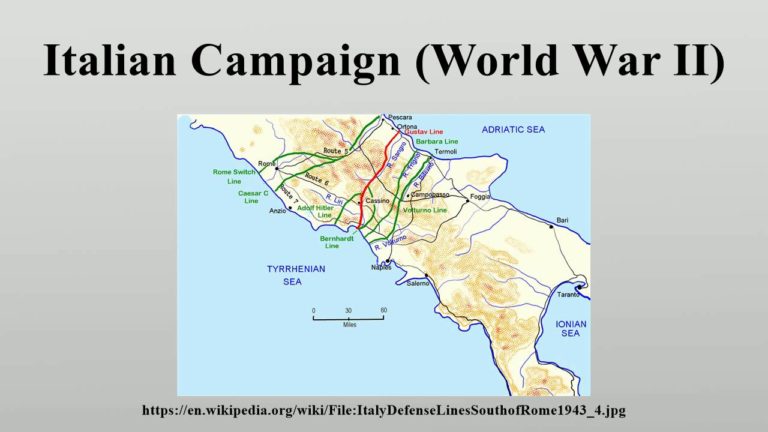
Eighty-two years ago the Japanese Imperial Navy had a very bad morning. It had started out fine with Japanese bombing Midway Island and causing significant damage. In return the initial attacks by American planes were ineffective.
At 9:20 Devastator Torpedo Bombers flying off of the USS Hornet attacked and every plane was shot down with no hits. Only one member of the attack survived. Similarly Devastators from the E USS Enterprise and USS Yorktown suffered heavy casualties with no effective hits.
A combination of Japanese fighters and ship based anti aircraft fire had stopped the torpedo attacks, but their efforts had diverted their attention from another threat. The losses of American pilots was not totally in vain. First, the Japanese were undisciplined in their attacks, so weren’t in position to intercept the American dive bombers that were not overhead. The attacks had also distracted the Japanese from rearming their planes and properly storing bombs and torpedoes.
That all changed starting at 10:20 when Dauntless dive bombers started scoring hits on the Japanese aircraft carriers. Within a few minutes the Kaga, Akagi, and Soryu were on fire and would sink later in the day.
The aircraft carrier Hiryu would follow later in the day and other ships would be damaged or sunk for the next couple of days as the shattered Japanese fleet withdrew.
Perhaps more important than the ships and airplanes themselves were the almost complete loss of experienced Japanese pilots, aircrew, maintenance crews. Unlike America, which had a policy of returning experienced crews to the United States to train new pilots and air crew, the Japanese pretty much sent people to combat until they died.
The United States lost the USS Yorktown which had been heavily damaged at the Battle of the Coral Sea and been repaired in record time and sent to fight again at Midway.
That’s the short story, the long story is several books long. I recommend just about any of them for those interested in what turned out to be one of the most crucial victories in the history of naval warfare.
The other day was June 4, 1944. The Germans were driven out of Rome by Allied troops. In late 1943 the Fascist government of Benito Mussolini collapsed and he was arrested. He escaped, but that’s a story for another day. Italy now joined the Allies in fighting against their former partner Nazi Germany. The Germans retaliated harshly and Italy was now treated as a captured nation.
The Allied assault started in January of 1944, but Rome was not freed until June 4. The fighting was on some of the worst terrain for combat in some of the worst weather in Europe. The American 5th Army and British 8th Army were the major Allied forces and both nations suffered heavy casualties. Rome was an open city by the time the Allies entered and a good deal of the German troops had retreated and would fight on until May of 1945 when Germany surrendered.
The Liberation of Rome would have been the biggest story of the month of June except for that other invasion which was labeled the “Invasion of Europe.”
The Italian theater of war doesn’t get nearly as much attention as it deserves. Many of the hard lessons learned at the cost of many lives were used during both the Normandy invasion and the invasion of southern France in August 1944.